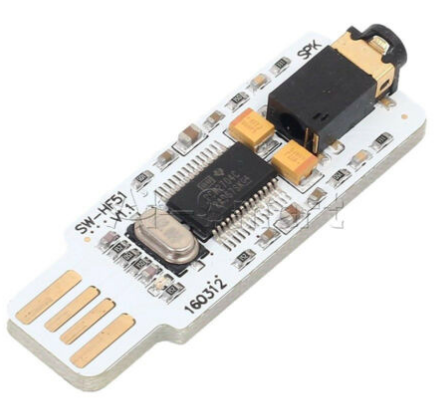What I am more interested in is the built-in ADC. I plug it in using a TRRS connector and it works on Windows 10. Subjectively it sounds even slighter "richer" than SoundBlaster Play!4 and it would be great to confirm that objectively. @amirm considering how popular this dongle is, maybe you could throw some quick ADC tests like you did for SoundBlaster G6?
It would be nice to have broader tests for cheap, popular devices like these that can be potentially hacked into lots of different uses. Another interesting bit of data, I think, would be to get latency timing for the "cheap dongle" groups. Even if (depending on how the test was performed) the measure had to be relative, it'd be interesting to see those numbers -- the Google v2 dongle was marketed as having been intended to improve not sound quality, but latency, and to do so dramatically (which we now know seems to have come at the cost of sound quality); if one of the better performing dongles like the Apple or Samsung (or Meizu even, I suppose!) also had latency comparable or superior to the Google v2 dongle that'd be an interesting thing to know!






